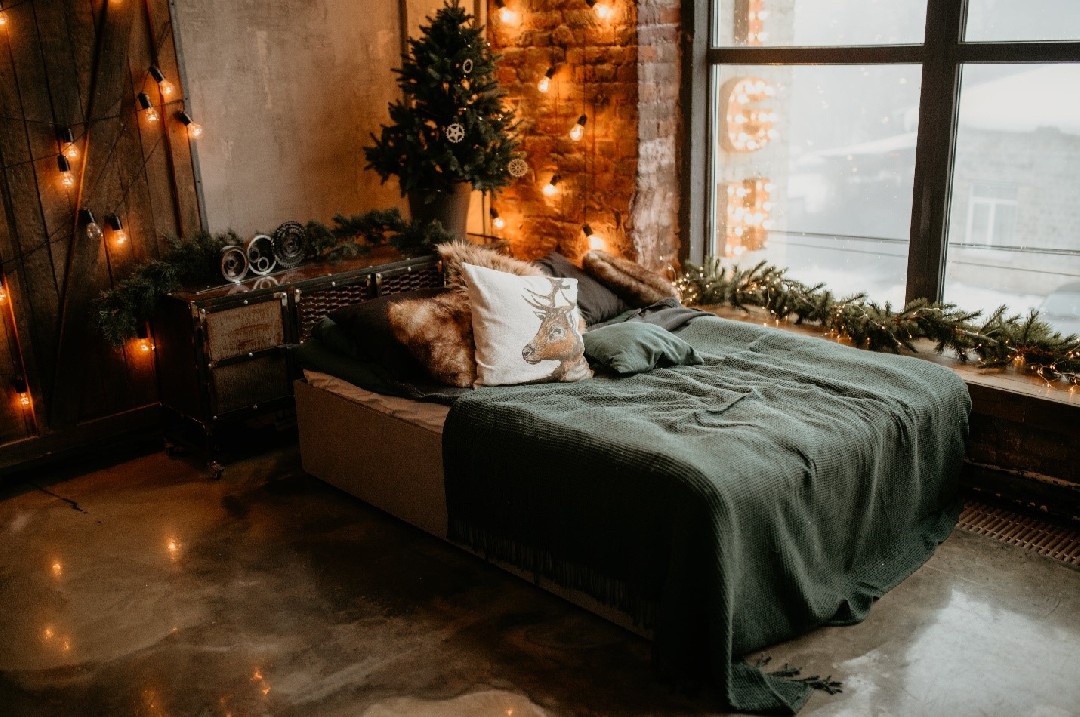Tips for Choosing the Right and Ideal Home Space Layout for You and Your Family

The first step when designing a house is, of course, planning a living space layout that suits its size, shape, and function. Sometimes, there are mistakes in the layout made by either the homeowner or the designer. For example, the direction of door openings may not meet expectations, or the desired type of windows may not be incorporated. Here are some things to understand for those who are going to design a house layout or buy a new home.
1. Choose a Home Layout that Matches Your Lifestyle
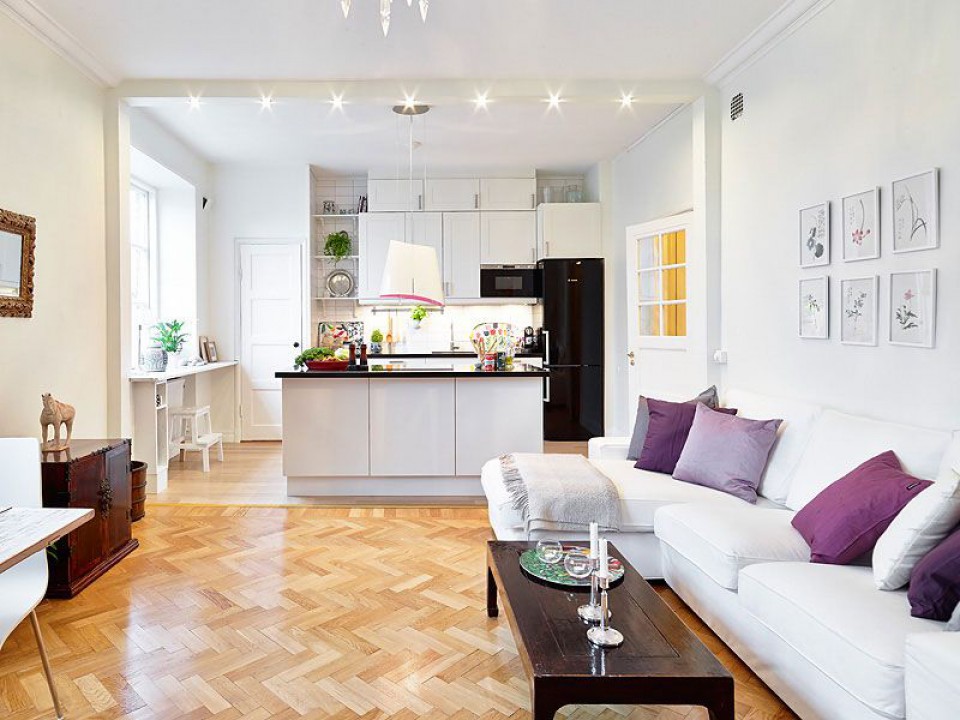
If you are choosing a home layout yourself, you should certainly consider your lifestyle. Not all designs will necessarily suit you and your family. For example, if you have a medical condition that makes it uncomfortable for you to climb stairs, a single-story home would be the best choice in such a situation. Or, if your family prefers more private or open spaces, various aspects of your daily life will significantly influence the design of the home layout.
2. Ask About Anything You Don't Understand About Floor Plans
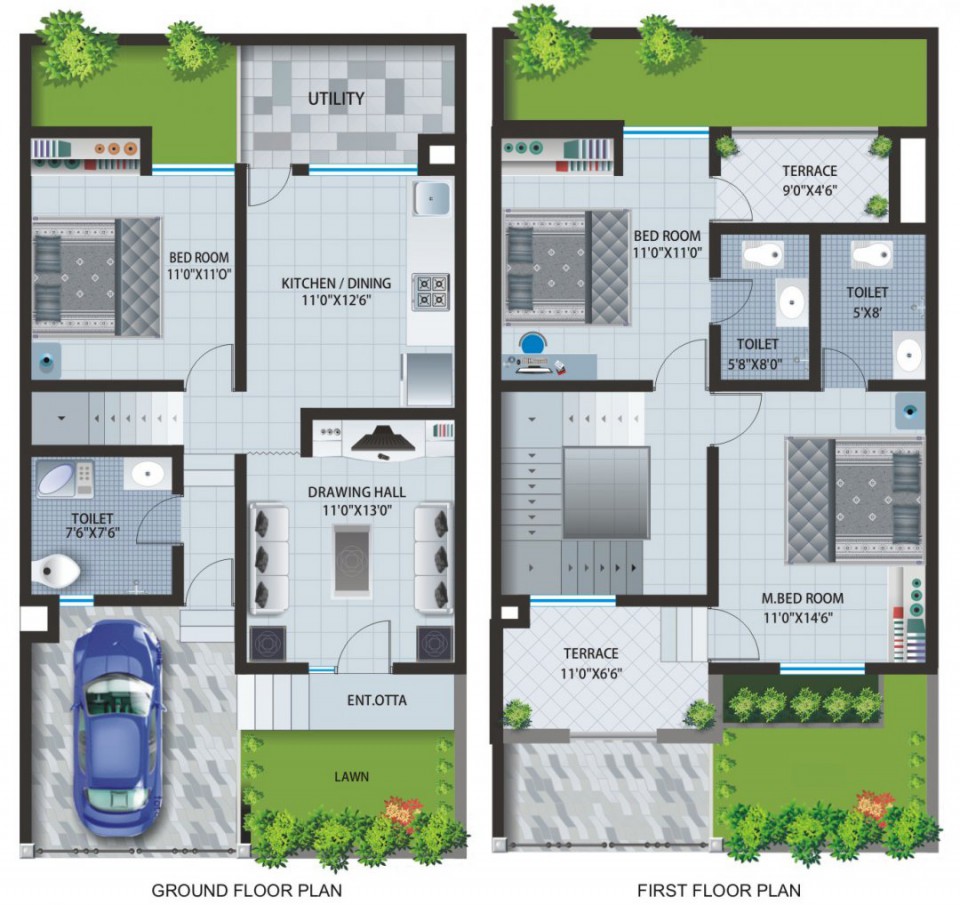
Room layouts depicted in architectural drawings, commonly referred to as floor plans, may contain symbols that not everyone understands, especially if you are not familiar with architectural drawings. Instead of making assumptions, it's better to ask an expert directly. By understanding the floor plan, you will be able to determine the placement of doors, windows, and the direction of stairs.
3. Don't Assume that the Floor Plan Size Matches the Actual Built Space
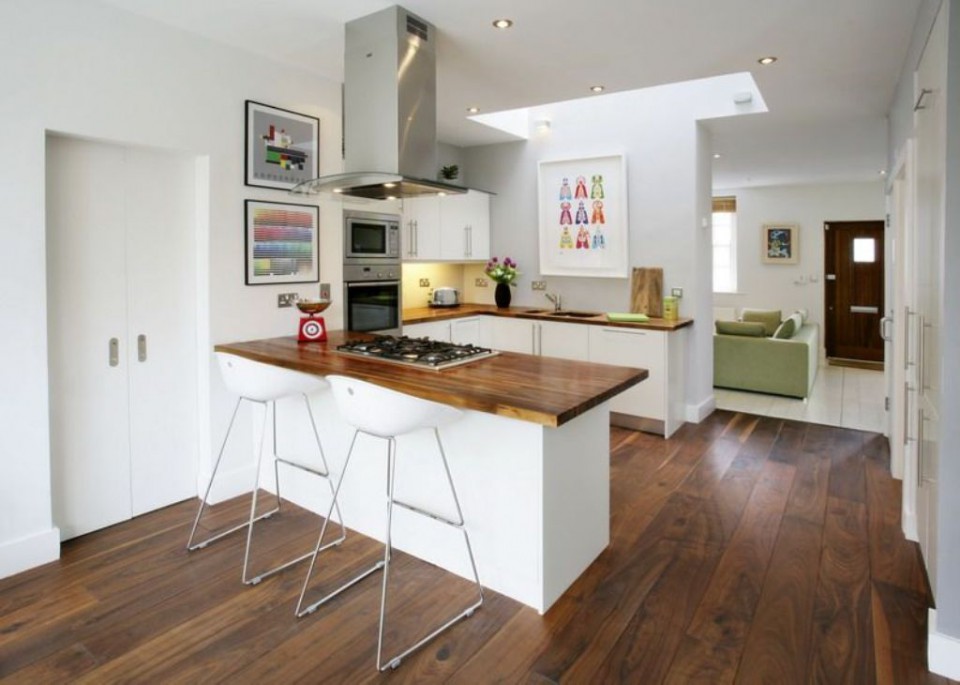
Even though the dimensions on a floor plan may appear spacious, the actual built layout may not measure exactly the same. These discrepancies can be due to the thickness of walls or the frames of doors and windows that are constructed. You need to re-measure the dimensions of the existing built space so that you can properly fit in the various pieces of furniture when decorating the room.
4. Home Location and Layout Placement in the Environment
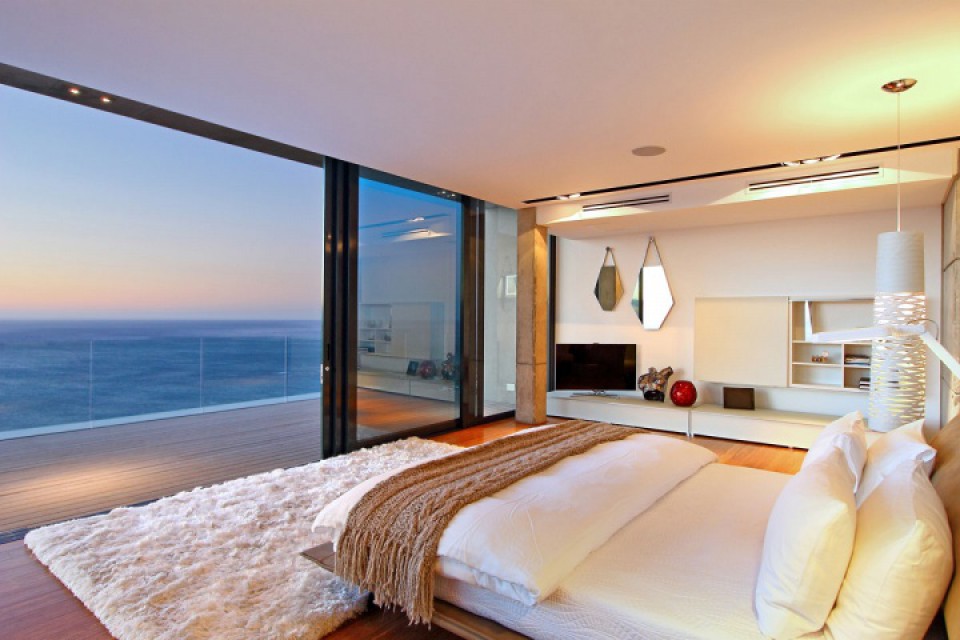
When designing a home layout, you should also consider its surroundings. The orientation of the building with respect to the environment can greatly affect the comfort of its occupants. For instance, rooms situated to the east and west will receive more natural light, so you may want to designate those areas as open and shared spaces. Conversely, if the building has a beautiful and scenic view, you can utilize that side for the master bedroom, for example. A well-thought-out building orientation can create a positive atmosphere and enhance the overall mood of the home.
5. Consider How You Will Upgrade Your Home in the Future
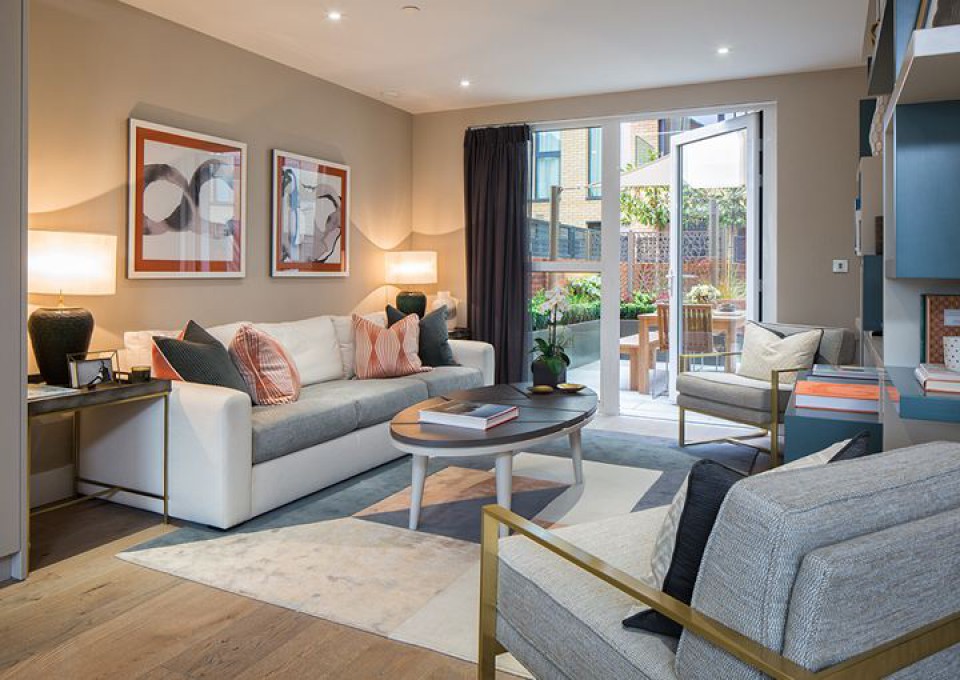
If the house you are going to live in is already built, and you are conducting a house tour, you should think about how you will upgrade the house in the future. Consider what furniture and sizes will fit well with the layout of the house. This will help you determine a suitable home layout for you and your family more easily. Don't forget to involve your family in the house tour so that all residents can voice their opinions or concerns that may not align with their habits and preferences.
6. Consider Open Spaces in the Home When Designing the Layout
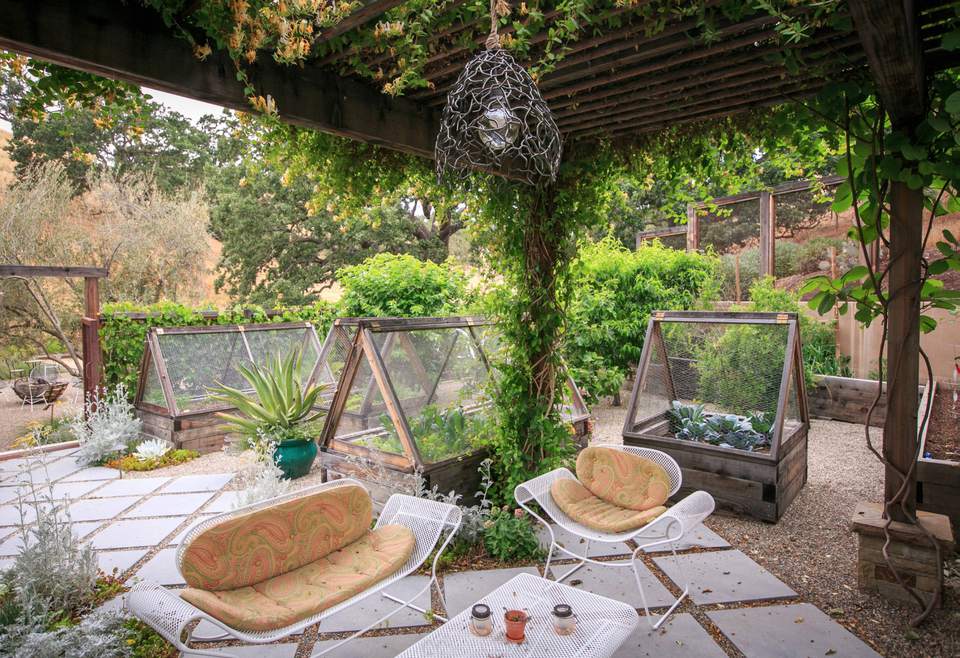
In a home, it's not just the main rooms that should be considered, but also spaces for family entertainment. This might include a family room that suits the home's design or creating a patio and garden. The design of these open spaces will, of course, depend on the lifestyle of the residents themselves.
7. Consider the Safety and Security of Your Children
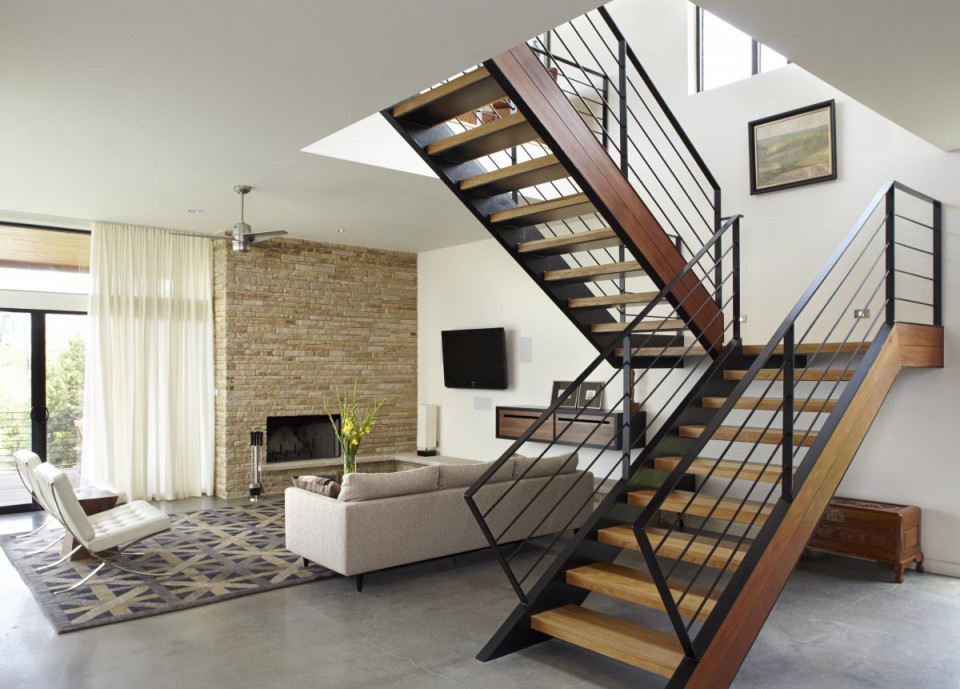
If you are already a family with children, you should definitely pay attention to a home layout that is comfortable for your little ones. In a multi-level home, you should install railings on stairs and balconies to ensure your children's safety. Also, the choice of ceramic decorations inside the house may differ when you have children. Modify the room layout to make it both beautiful and child-friendly.
8. Choose a Room Layout that Fits Your Budget
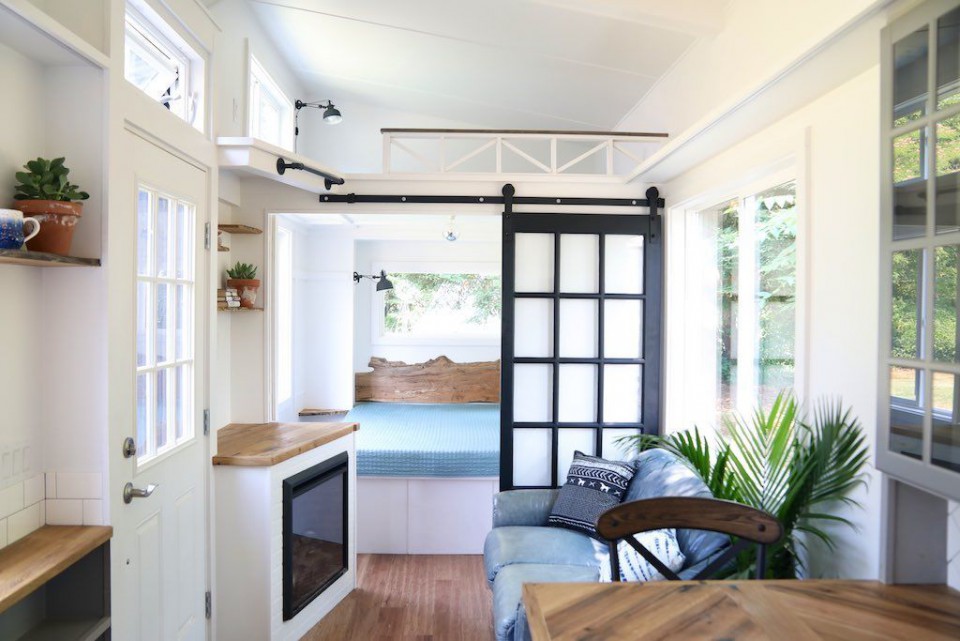
Rather than buying a house with a large layout for the future, it's better to choose a home layout that fits your budget. In the future, you can carry out various renovations gradually to keep your expenses under control. This way, your home will feel more comfortable, and you won't have the burden of excessive spending, allowing for peace of mind.
source: freshome



